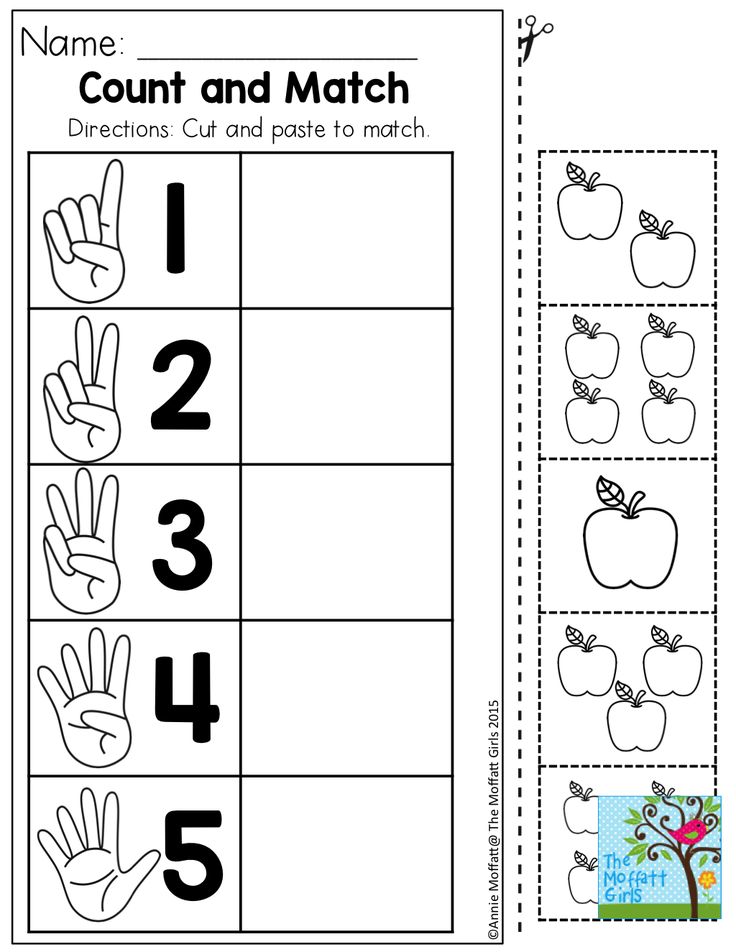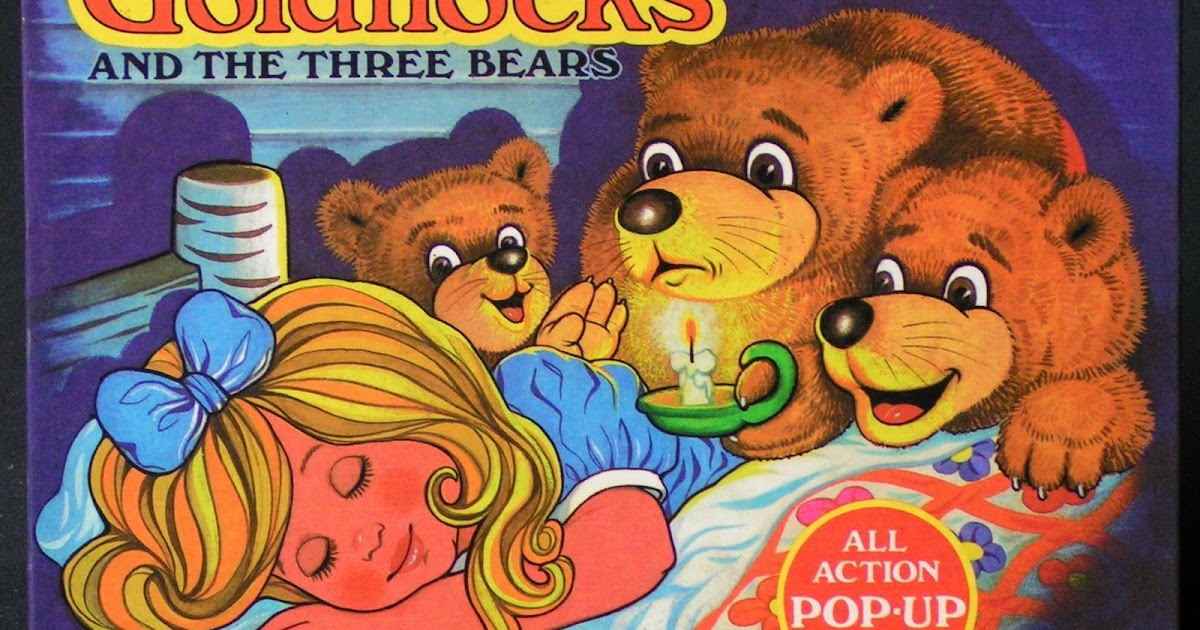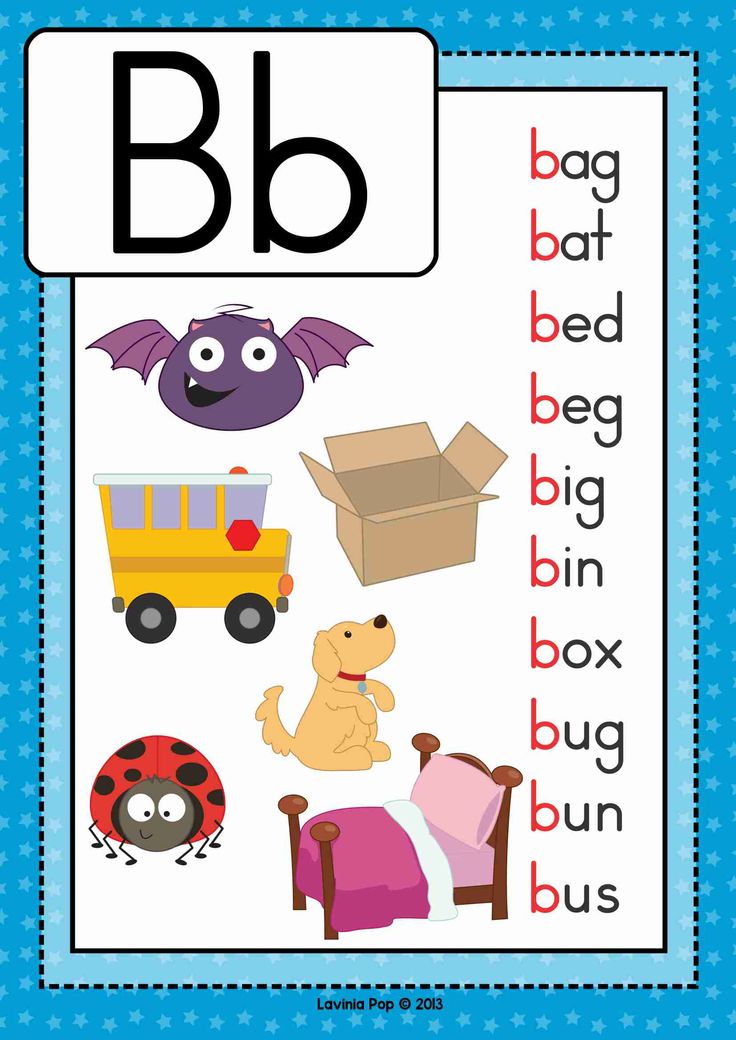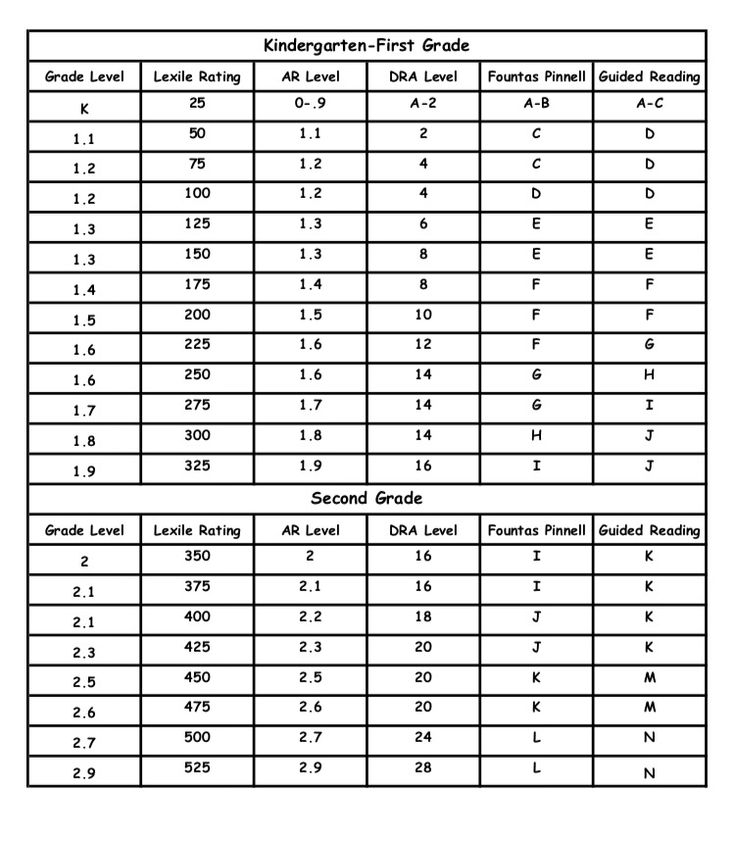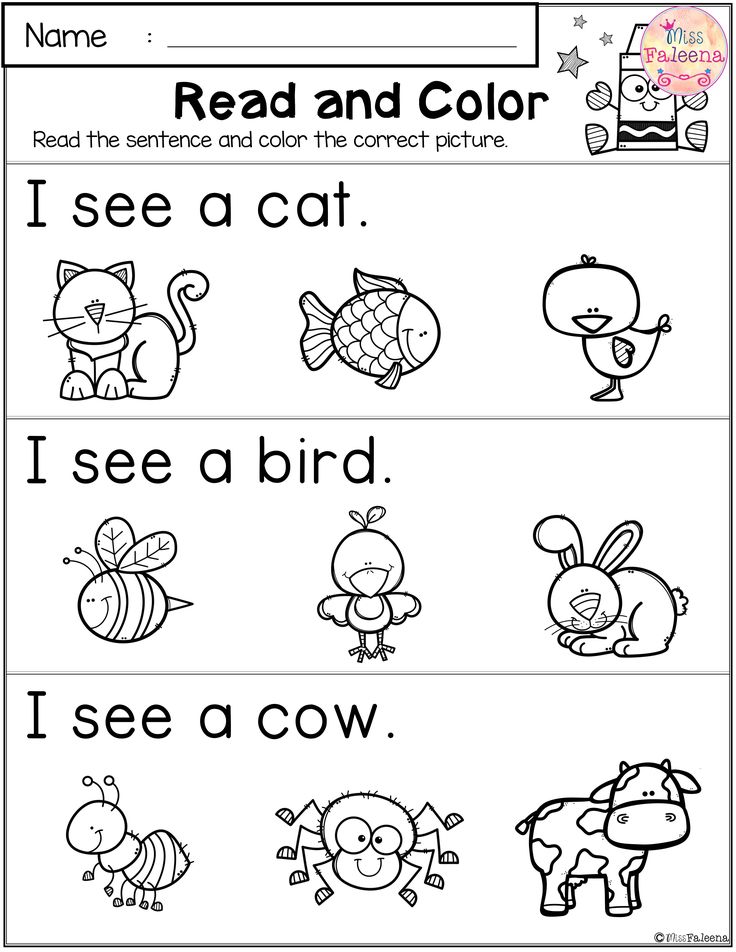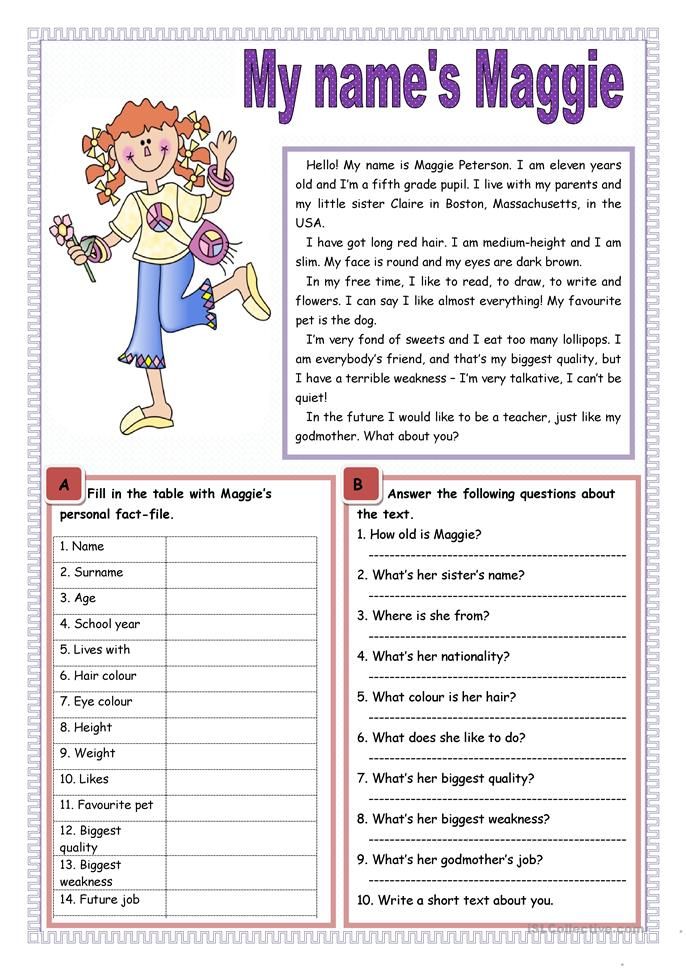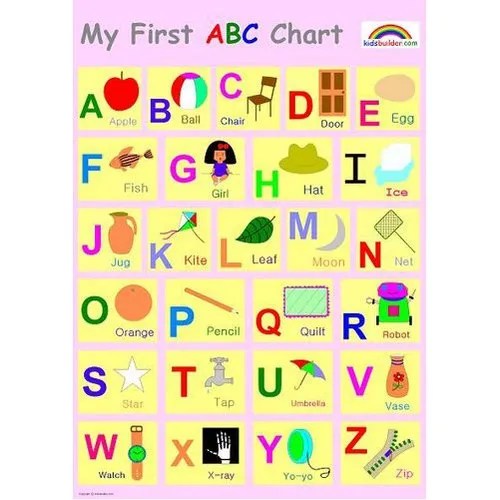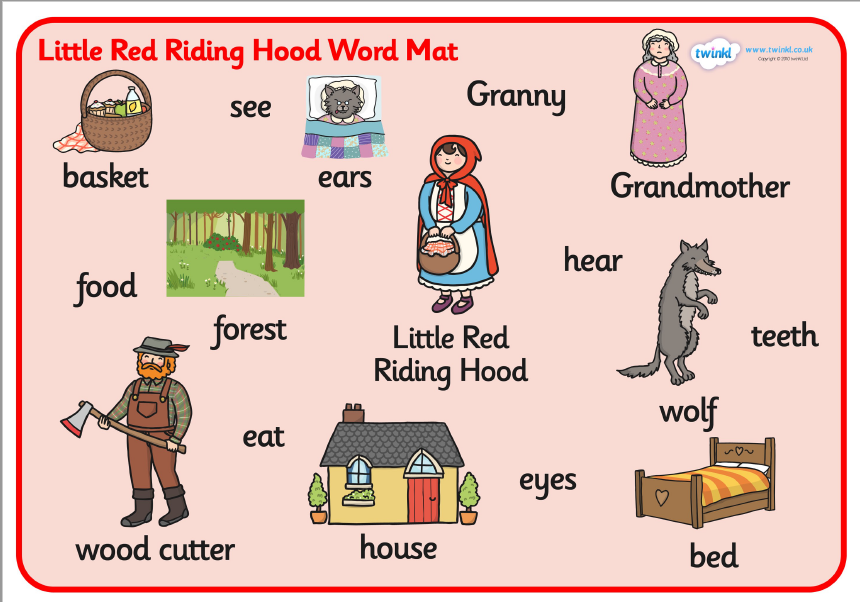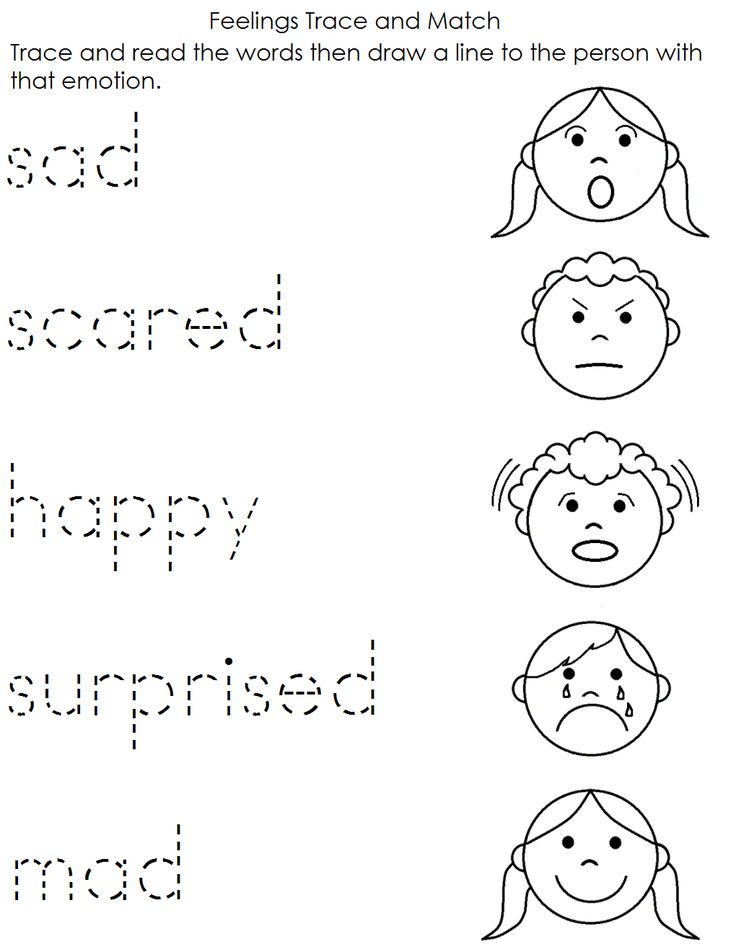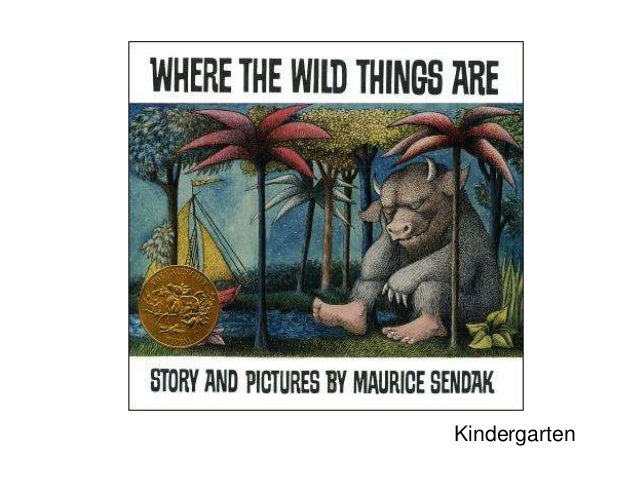Fun with alphabets
26 Easy, Fun Alphabet Activities That Give Kids the Practice They Need
Alphabet activities make learning your ABCs more fun. There are so many ways to practice your ABCs, you might be able to do one alphabet activity a day for a year without repeating. We’ve gathered over 25 super fun alphabet activities so kids can play and learn every day.
1. Write letters on dried beans
Large dried white beans are inexpensive to purchase and easy to write on. Grab a sharpie and write all the upper and lower case letters on them. Then put each set in a pile (or baggie) and ask your kids to match them.
2. Letter sort with sticky notes
Write individual letters on sticky notes and then place them all over your house or just on every stair in a staircase. This practice game has a lot of variations—all tied to sorting. Ask kids to sort by:
- lowercase
- uppercase
- letters in their name
- straight lines (H)
- curved lines (c)
- both curved and straight lines (B)
- consonants
- vowels
For even more practice: have them sort their finds into ABC order, match lowercase letters to uppercase letters, and then, find a way to sort them that’s new.
3. Write letters in shaving cream
Squirt shaving cream on a table and let your kids write letters in the cream. Smoothe it out to erase and start again. Bonus: their hands and your table will be cleaner than ever!
ADVERTISEMENT
Source: Rose and Rex
4. Bend letters with pipe cleaners
Pipe cleaners have always been a trusted source of good fine motor practice as well as a fun craft resource. Now use them to have kids create uppercase and lower case letters.
Learn more: make and takes
5. Make sensory ABC bags
This one is great because you can change up what you put in here and even move to sight words. You’ll need a gallon bag with a ziplock top. Add letters written on pieces of paper, magnetic letters, scrabble tiles, or anything else you can think of with letters. Then fill the bag with rice or oatmeal and seal it. Kids dig through the rice through the bag to find the letters. When they find them, they write down the letter they find until they locate all 26 letters of the alphabet.
When they find them, they write down the letter they find until they locate all 26 letters of the alphabet.
For more sensory ideas: Little Bins Little Hands
6. Find invisible letters with watercolors
This is a classic. Using a white crayon, draw letters on a piece of white paper. Give your kids watercolor, let them paint the paper, and watch the letters appear.
Learn more: Gift of Curiosity
7. Play musical alphabet
Set up letters in a big circle on the floor. You can use magnetic letters or just write them on index cards. Put music on and have your child walk around the circle to the music. When the music goes off, your child tells you the closest letter. Expand on it: ask your child to name three things (colors, animals, etc) that start with that letter.
8. Sponge the alphabet
Cut sponges into letters and use them for sponge painting letters or playing in the tub.
Learn more: Learning 4 Kids
9.
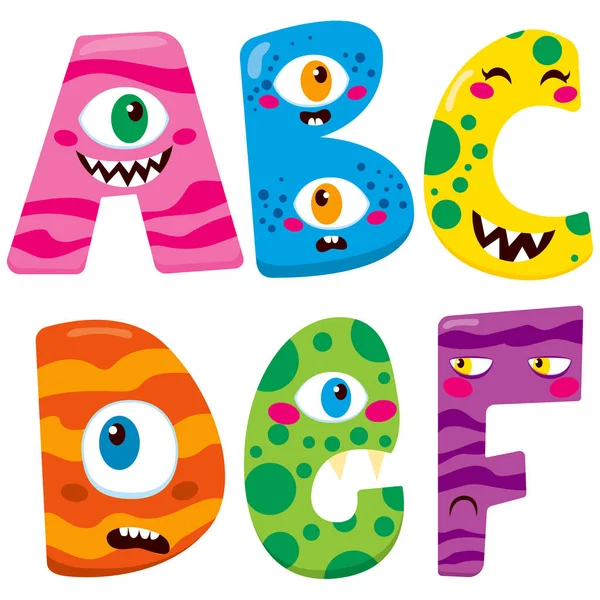 Put together name puzzles
Put together name puzzlesWrite the upper and lower case letters in a name and then cut them apart in a simple zigzag. Mix up the letters and ask a child to match them up and put them in the right order.
10. Make letters from nature
Find the alphabet right outside. Choose natural objects that already look like letters, or arrange them to look like them.
To learn more: Right Brained Mom
11. Eat your ABCs
We know from Alphabet Soup that eating your ABCs is plain old fun. So think of all the ways you can practice the alphabet at mealtime. Pancakes can be made into letters, jello can be cut into letters, and noodles can be used to make letters (just to name a few).
Learn more: Parent Map
12. Go on an alphabet scavenger hunt
The fun part about this for grown-ups is that there is no prep. Tell kids to go find objects that start with each letter of the alphabet. To make this game take longer, designate spots for them to bring each item back—one at a time. Every item must be approved before they can move on to the next. This allows for fewer meltdowns at the end when an item is deemed inaccurate.
Every item must be approved before they can move on to the next. This allows for fewer meltdowns at the end when an item is deemed inaccurate.
13. Make your own ABC book
Personalizing the ABCs helps kids process and retain their learning. One of our favorite alphabet activities starts by creating a book out of 26 pieces of paper and staples or hole punches and a ribbon. Have kids write an uppercase and lowercase letter on each page. Finally, have them draw or cut out pictures of things that start with each letter. Voila!
Learn more: Teach Mama
14. Create ABC popup books
Use the following tutorial video to learn how to make different kinds of pop up pages. Then, create a page per week for 26 weeks for each letter. At the end, use a glue stick to glue them all together to make an ABC popup book!
15. Stamp letters in playdough
Roll out playdough and push letter stamps right into the dough. This is both tactile and great for practicing ABCs.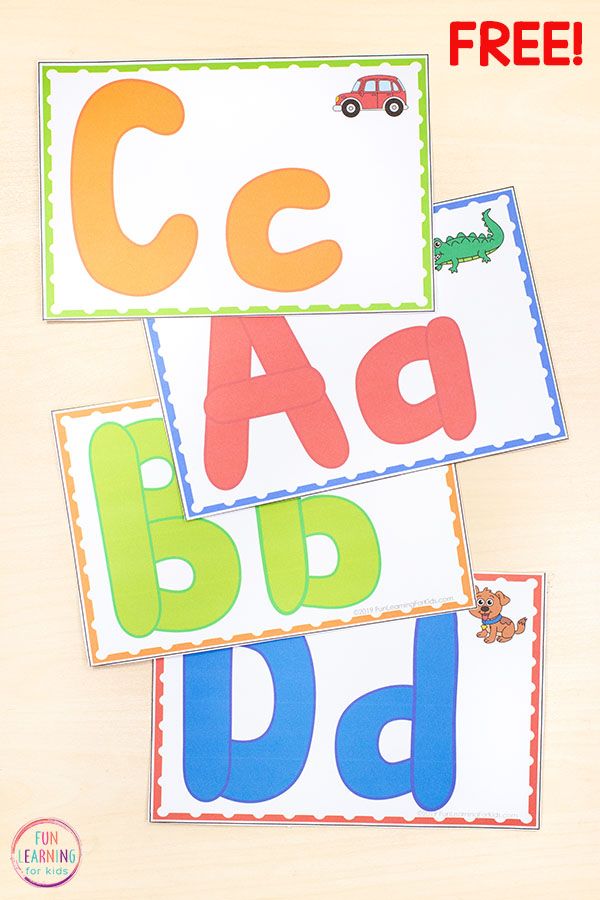
Learn more: I can teach my child
16. Make tactile letter cards
There’s lots of research (and experience) to support the value of using all the senses to learn. Making these tactile alphabet cards will be fun and have lasting benefits.
Learn more: All About Learning
17. Trace letters in spices
This one combines touch, smell, and sight. It gives you an opportunity to talk about what we uses spices for as well. Put the bottle in front of a child and have them write the spice name in the spice to make things a bit more challenging.
Source: Frog in a Pocket
18. Study a letter of the week
Many PreK and Kindergarten classes do a letter of the week, and for good reason. Teachers all share that instant recognition of letters and practice writing them is so important for learning to read. Doing alphabet activities for one letter each week reinforces knowledge and recollection.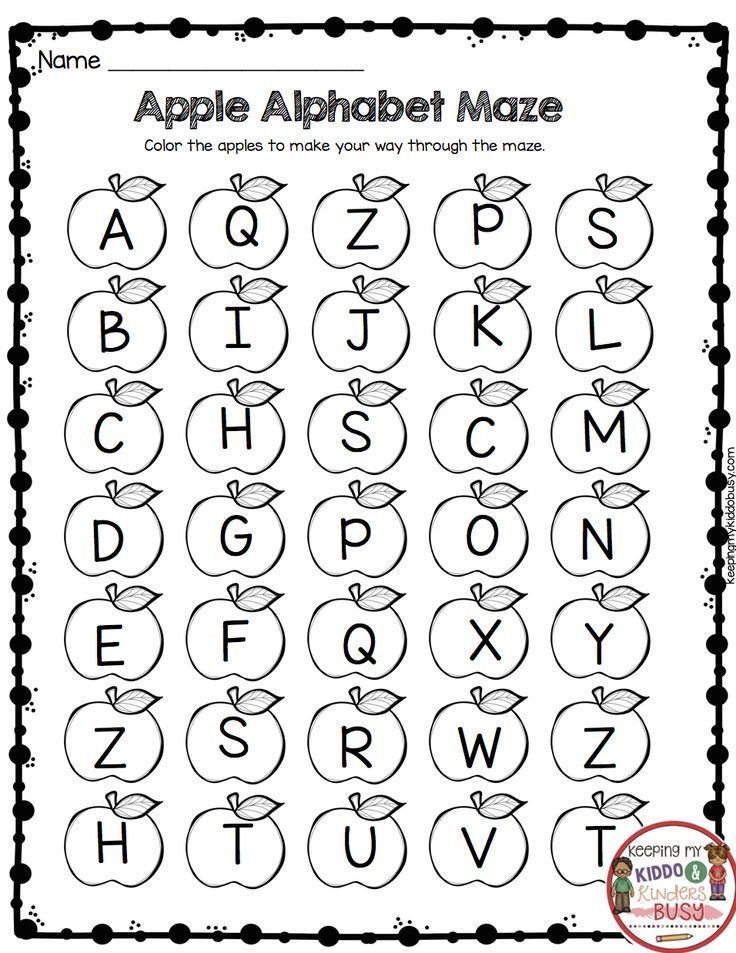
For weekly activities: Preschool Mom
19. Do the yoga alphabet
Show kids this video and take the time to learn each yoga pose. Connecting the mind and the body is great for learning.
20. Sing songs about the alphabet
Everyone loves to sing the alphabet song, but did you know there are lots of other songs to sing that can help you remember the alphabet? Try out this Sesame Street favorite:
21. Draw pictures from letters
Using letters as a starting point, teach kids how to draw. If this is too difficult at first, just write a letter and then draw a picture around the letter.
Learn more: Felt Magnet
22. Highlight letters on a page
Print a page of text or grab your favorite magazine and a highlighter. Ask kids to highlight as many of one letter as they can find. This is also great for sight word recognition.
Here’s a freebie from The Inspired Apple to get you started.
23.
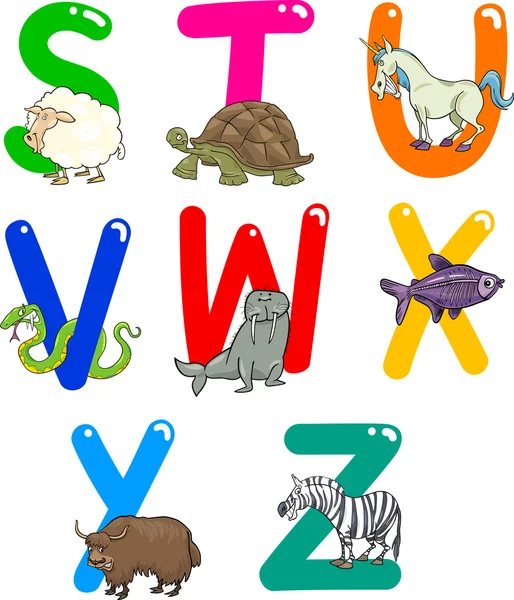 Do-A-Dot letter tracing
Do-A-Dot letter tracingThese dot markers make tracing letters more fun and help kids with directionality and remembering how to write and recognize letters.
Free Dot tracing sheets: DTLK’s Educational Activities for Kids
24. Play letter slap
Make 2 sets of index cards with all the letters on them (52 cards in all). Shuffle the cards together and deal them so each kid holds 26 cards. Together each player takes their top card and turns it upright. The player with the letter closest to A wins the hand and takes the card. If two of the same letter are played, the players slap the card. The one on the bottom of the slip wins the hand. The game ends when one player holds all the cards.
25. Match plastic Easter egg letters
Surely you have some plastic Easter eggs hanging around your attic. Use a Sharpie or letter stickers to put an uppercase letter on one half and a lowercase letter on the other. Then separate the two and throw them all in a basket.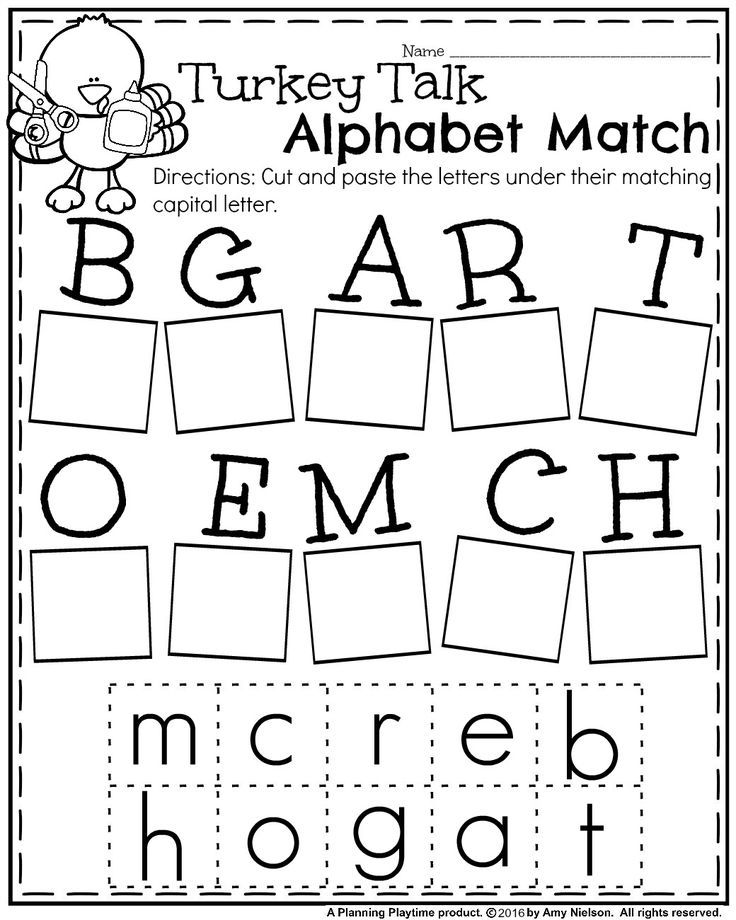 Kids pull them out and match them up. Tip: Add difficulty by not coordinating the colors.
Kids pull them out and match them up. Tip: Add difficulty by not coordinating the colors.
Learn more: Crystal and Co.
26. Create loose part letters
What are loose parts? Loose parts are exactly what they sound like—a collection of loose materials or objects. These can be small pebbles, bottle caps, random LEGO bricks, seeds, keys, anything. Draw big letters on a piece of paper and have kids line up loose parts to make the letter.
Recognizing letters is a fundamental part of learning how to read. Without it, children struggle to learn letter sounds and identify words. Beginning readers who know their alphabet have a much easier time learning to read. Making alphabet practice a part of every day in fun ways helps create a lifelong love for letters and words.
What games and activities do you like to use for practicing the alphabet?
Plus, our favorite activities using alphabet beads and the best alphabet books.
100+ Alphabet Activities that Kids Love
This is a list of the best preschool alphabet activities we've done! They are all fun, hands-on ways to teach the alphabet and letter sounds!
My son enjoyed all of these fun, active and hands-on letter learning activities.
Alphabet Activities for Kids
I love that there are an infinite amount of ways to teach the alphabet to preschoolers and kindergarteners.
There are alphabet games, fine motor activities like play dough mats, clip cards, crafts and so many other fun, hands-on ways to teach the alphabet.
Forget the flashcards and try some of this engaging alphabet activities instead!
Alphabet Skills
This list covers a variety of alphabet learning skills such as:
- letter identification
- letter sounds
- uppercase and lowercase matching
- beginning sounds isolation
- letter formation
We are always adding more alphabet and letter sounds printables and activities to our site, so stay tuned for even more alphabet activities that will engage your kids and make learning and teaching the alphabet fun!
You may also like this alphabet activities printable bundle.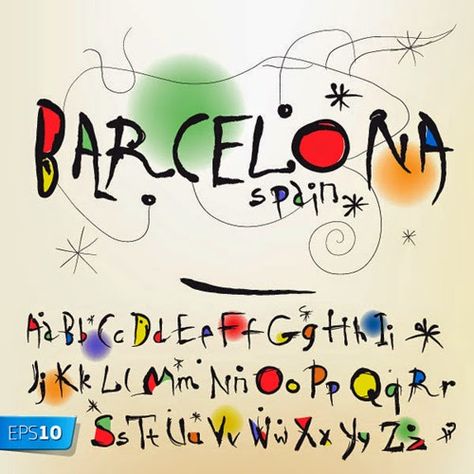 It is jam-packed with engaging ways to teach the alphabet to your students!
It is jam-packed with engaging ways to teach the alphabet to your students!
Get the Alphabet Activities Printable Bundle
These alphabet printables and activities are perfect for preschool and kindergarten students. They cover letter recognition, letter sounds, uppercase and lowercase matching, beginning sounds isolation and more!
With over 300 pages of printable alphabet activities, this printable pack is sure to keep the kids engaged!
Click the button below to head over to the purchase page.
Keep scrolling to find our big list of free alphabet and letter sounds printables!
Alphabet Activities for Kids and Preschoolers
Since I have so many preschool alphabet activities on my blog and I am going to be adding even more, I made this page to keep all the posts together and easy to access for my readers.
I will continue to add my new activities to this page, so you can always come back and find them here.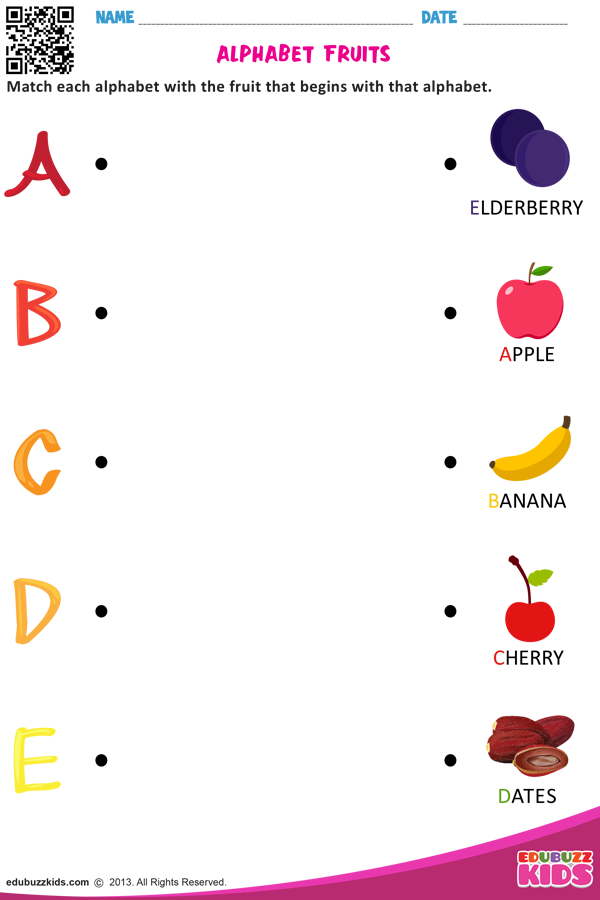
I hope this will be a huge resource for you! Make sure you pin or bookmark this page, so you can revisit as needed and see everything new that I've added.
Don't forget to check out my alphabet Pinterest board. I pin all kinds of fantastic, hands-on ideas there. I also have tons of preschool learning activities of all kinds on my activities for preschoolers board.
Even more awesome ways for kids to learn the alphabet.
Check out the alphabet activities category on Pinterest. There are thousands of activities! Or check out this Pinterest board with tons of engaging ways to teach the alphabet.
I just love this post with 50+ incredible activities for teaching the alphabet.
These 25 alphabet games and activities are so much fun!
Here's a big list of hands-on ways for kids to learn the alphabet. So many genius ways to teach the alphabet here!
Looking for alphabet printables? Check out this post to find some, along with a bunch of other hands-on activities.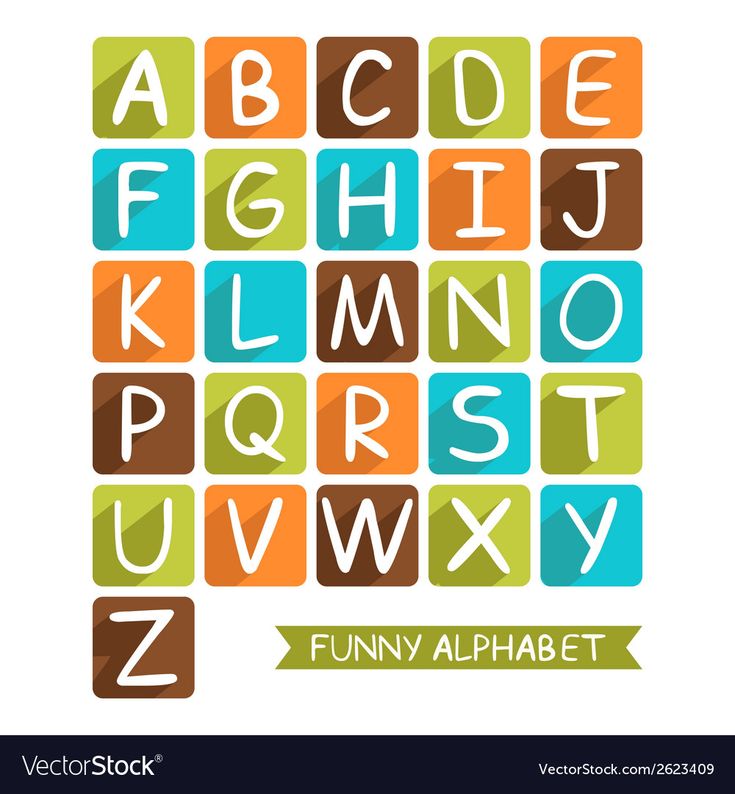
Learning the English alphabet with children is fun
How fun it is to learn the English alphabet with children
Learning the English alphabet
Hello, dear friends! The English language is based on the alphabet that words are made of, just as houses are made of bricks, and any living organism is made of cells. Knowing the English alphabet is necessary if you want to be able to read, look up the right word in the dictionary without any problems, write letters, etc. Adult learn English alphabet is not difficult, things are a little more complicated with children.
The difficulty is that English for children is a game , children need to serve everything as a game, especially these incomprehensible scribbles that fill all books, labels, names of their favorite cartoons. How to make sure that children are happy to learn new letters for them?
At what age to start learning the alphabet
Many children show interest in letters as early as 2-3 years old.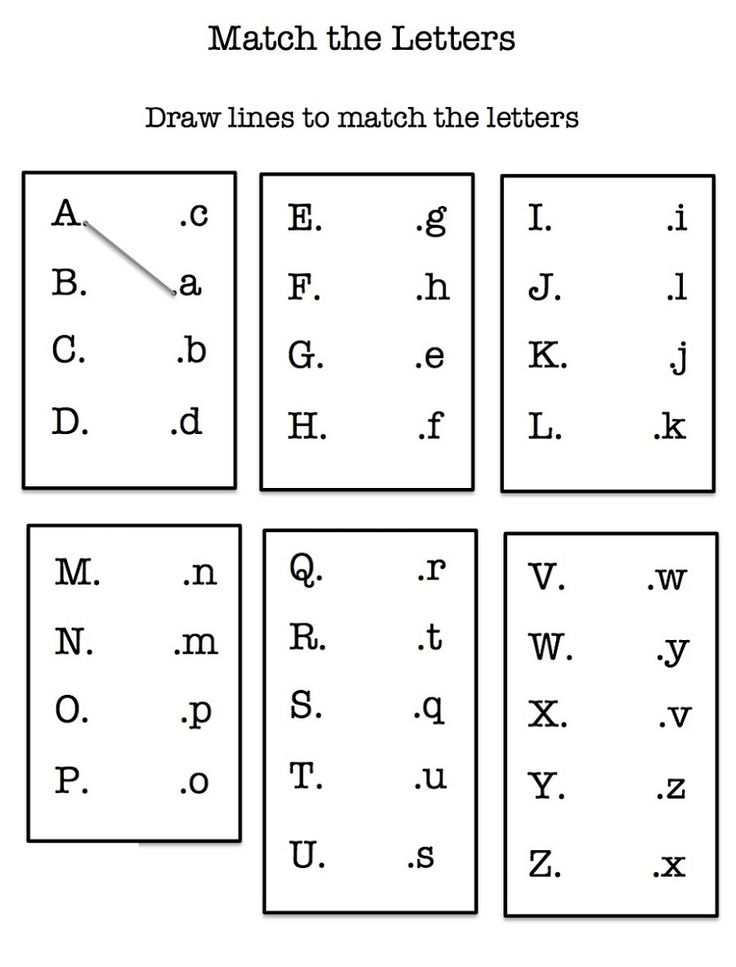 This interest must be maintained by telling the name of this or that letter, but not overloading the child with information. If he liked the letter A, you do not need to immediately read him the entire alphabet. It is enough to repeat with him the letter and the word that begins with it. Difficulty learning the English alphabet is that vowels and half of the consonants have 2 or more sound options. For example, the letter A has 6 different readings. So you need to select those words in which the letter sounds as in the alphabet or as close as possible to this sound .
This interest must be maintained by telling the name of this or that letter, but not overloading the child with information. If he liked the letter A, you do not need to immediately read him the entire alphabet. It is enough to repeat with him the letter and the word that begins with it. Difficulty learning the English alphabet is that vowels and half of the consonants have 2 or more sound options. For example, the letter A has 6 different readings. So you need to select those words in which the letter sounds as in the alphabet or as close as possible to this sound .
Learning the English alphabet - flashcards
For example: A-apricot [‘epriket]
It is also important to select those words that are familiar to the child, are interesting to him: toys, fruits, colors, etc.
So, already from the age of 2 or 3 you can begin to learn letters unobtrusively. More seriously and consciously, children will learn the English alphabet closer to 5 years.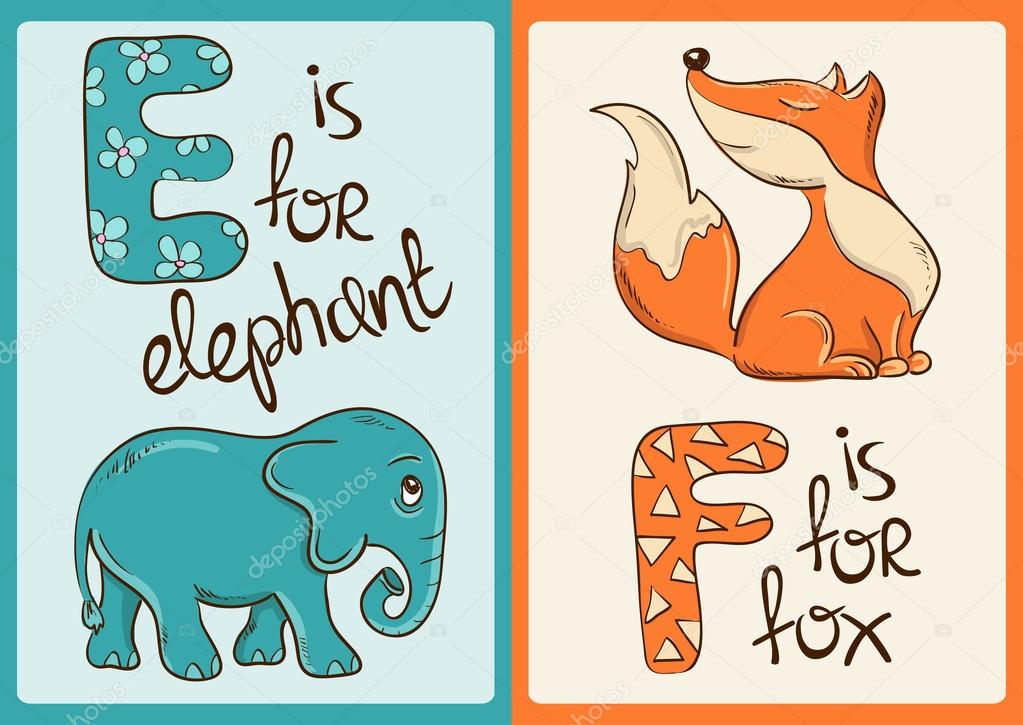
How to learn the alphabet with children
We have already talked about the fact that learning should be fun and understandable to the child. To do this, acquire the corresponding visibility . You must have cards with letters and accompanying pictures. For example, B - book, a book is drawn next to the letter. Buy a fun alphabet poster. It will be interesting to consider it, and therefore learn from it. There are even "talking posters", when you click on the corresponding letter, the announcer will voice the letter and the word in a pleasant voice. With such posters, children can study on their own. Buy magnets with letters. Let them hang in a conspicuous place so that the child can play with them. You can print coloring pages for children with the letters of the English alphabet.
Use video . Now it’s not a problem to find videos on the Internet (for example, on youtube) in which letters with words are read fun and to music.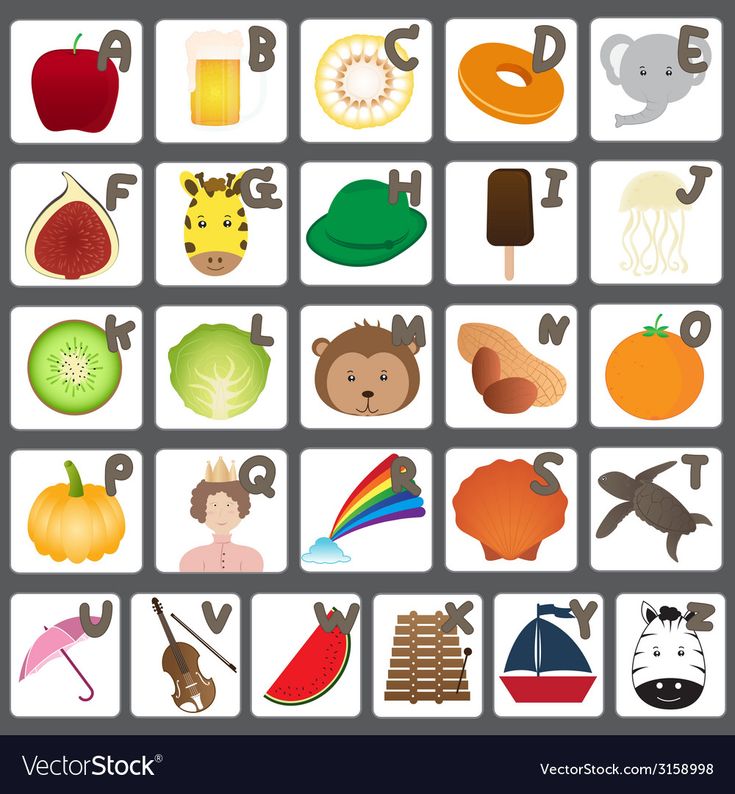 It is very interesting for children to watch and repeat after the announcer. There are many songs , starting from the simplest, where there are no other words besides the letters of the alphabet. Put them on your child, he will listen and watch the video sequence, having fun and learning at the same time. Sing songs with your child. Young children need adult support.
It is very interesting for children to watch and repeat after the announcer. There are many songs , starting from the simplest, where there are no other words besides the letters of the alphabet. Put them on your child, he will listen and watch the video sequence, having fun and learning at the same time. Sing songs with your child. Young children need adult support.
If we talk about children preparing for school, then you can start writing the letters . A few prescriptions at this stage are enough, their hand has not yet grown stronger. Draw letters . Use different colors, write the same letter in different ways. You can ask the child to find the letter in the text, on the poster, in a bright headline. You can learn to write the simplest words, such as CAT, DOG, etc., if they are already familiar to the child. Next to the written word, draw a picture illustrating it (even if you are not very good at drawing).
Ask your child questions about the letters .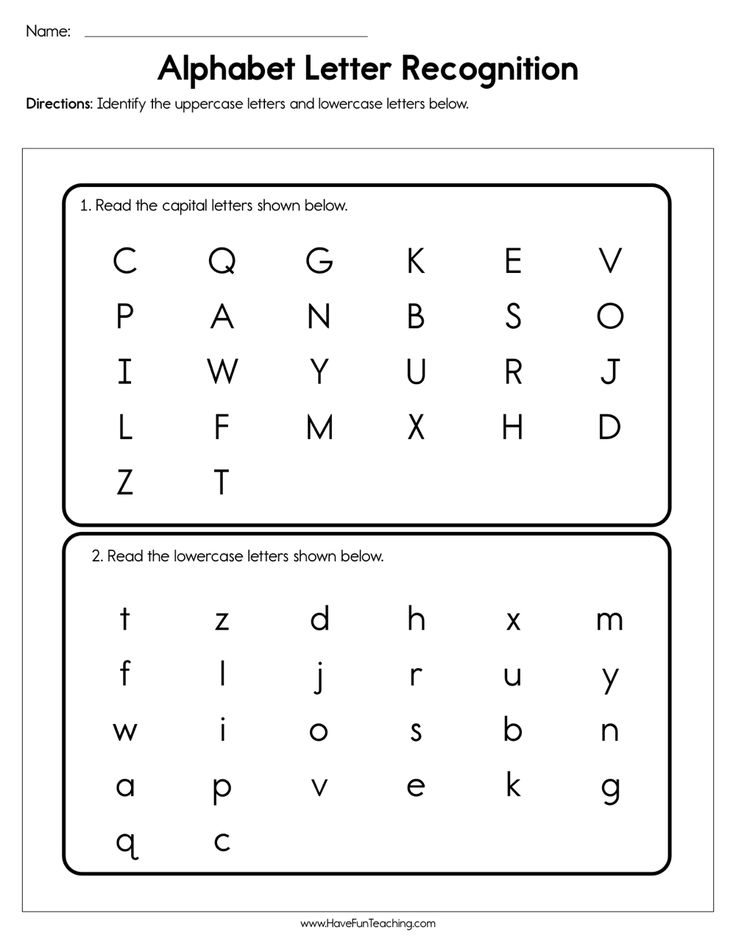 Point to a letter, ask if he remembers its name. What word starts with this letter. Be sure to praise the correct answers. Small successes of children cannot be taken for granted. Otherwise, interest in learning will fade.
Point to a letter, ask if he remembers its name. What word starts with this letter. Be sure to praise the correct answers. Small successes of children cannot be taken for granted. Otherwise, interest in learning will fade.
These tips are mostly for parents who want to learn the English alphabet together with their children. Remember that you will teach your child what you know yourself. Therefore, if you yourself have not yet learned the alphabet, go ahead! After all, you will need it too! Use the same learning methods that you offer children. Just because you're an "adult" doesn't mean that learning has to be serious and boring. Enjoy learning with your child!
Watch video lessons about the letters of the English alphabet :
Do not forget to watch other articles on the alphabet:
English alphabet. How to learn the alphabet quickly and fun?
The first thing a child needs to know when learning a foreign language is the English alphabet.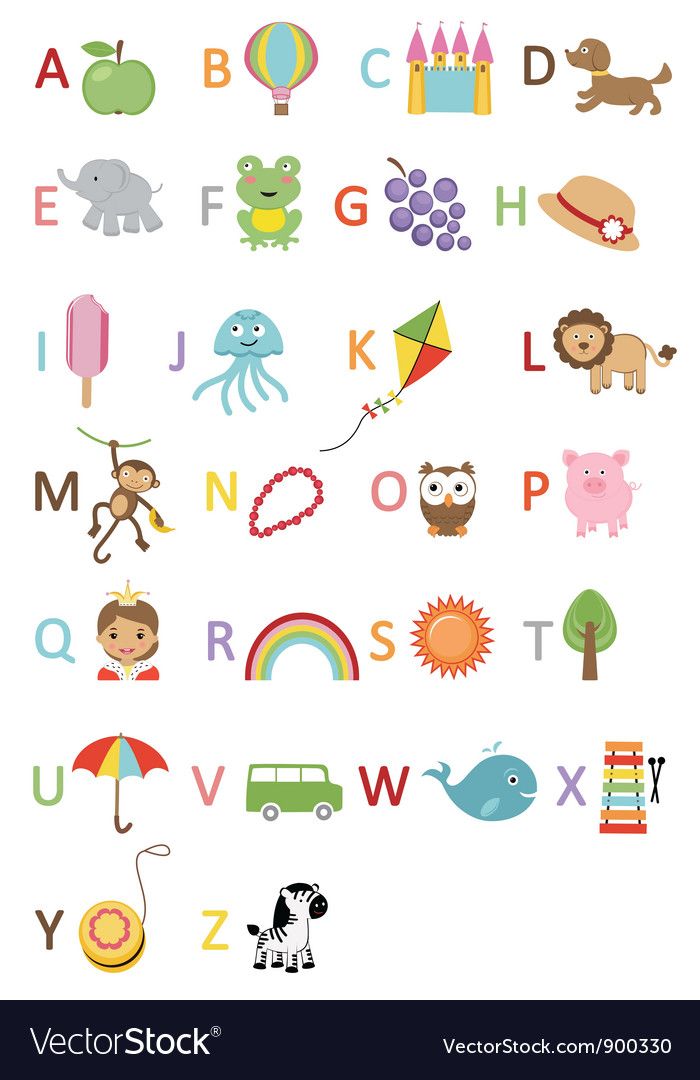 How to learn the English alphabet quickly and for a long time?
How to learn the English alphabet quickly and for a long time?
Why does the child have difficulties?
Children often have problems and misunderstandings when learning the English alphabet. The first mistake is cramming. You need to remember: if you want your child to learn all the letters of the language for the rest of his life for the first time, then cramming should be excluded from the rule. The most important thing is to make learning the English alphabet enjoyable for the child himself. If a child perceives this as a game, then the opportunity to learn the English alphabet in 5 minutes can become a reality.
A child may have difficulty learning the English alphabet also because he will not know why he needs to do it. If the child is very young, your assurances that he will need it in his later adult life may not be understood by him. It is clear to adults that knowledge of foreign languages opens up great opportunities for a person. Your child will most likely not understand this.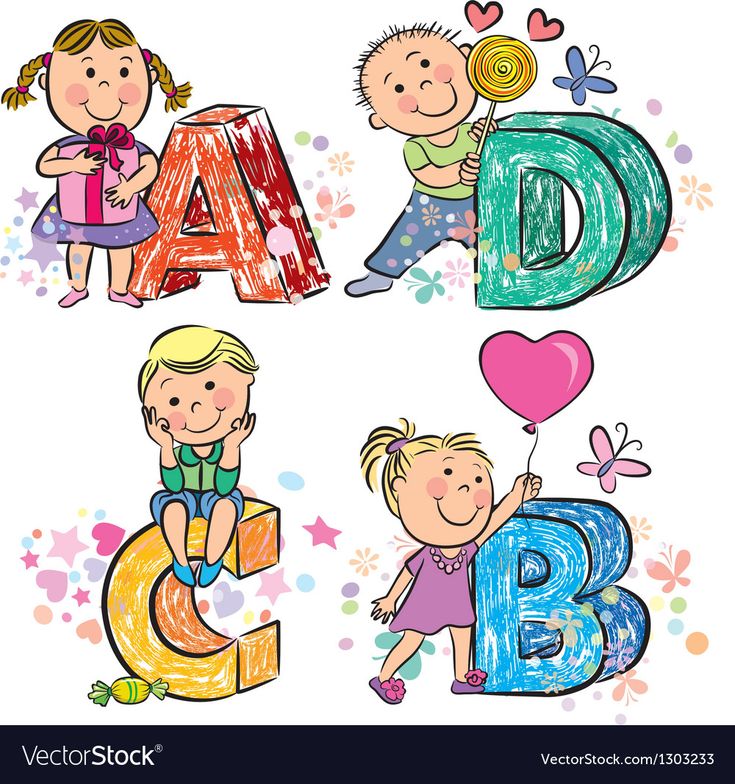 That is why it is better to turn the study of the alphabet into an exciting game.
That is why it is better to turn the study of the alphabet into an exciting game.
English letters and pronunciation
How to quickly learn the English alphabet? The first thing to do in order to learn the English alphabet is to find the alphabet itself, where, in addition to capital letters, there will also be uppercase letters, the pronunciation of each letter in Russian, as well as a few words in English that begin with this letter. There are 26 letters in English.
Now that you have the English alphabet with the correct pronunciation and words, you can start learning.
Learning the English alphabet with copybooks
How to quickly learn the English alphabet for a child? For everything to work out quickly, the child must have some association with letters. First, you can draw an analogy of the English alphabet with the Russian, and then show the words that are presented above. These quite easy words that the child may have known before (some school programs start with learning words) will help you learn the English alphabet.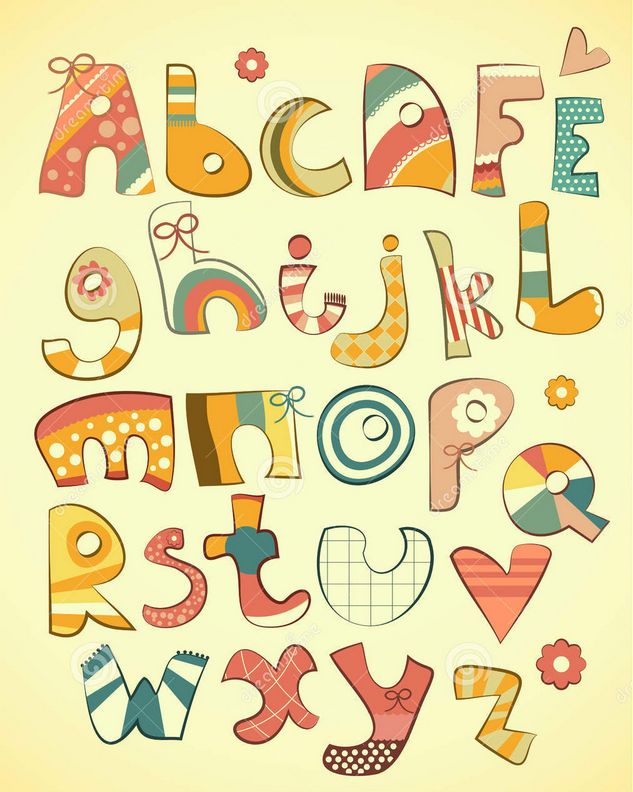 How to learn it with these words? You need to open a notebook, take a pen and start writing first a capital letter, then a lowercase letter, and then words. It is important that the child writes only one letter on each line in the notebook and pronounces it. This method will take the child a lot of time (about an hour or two), but a parent will not be needed, writing skills in English will develop, and the alphabet will be remembered for sure for a long time!
How to learn it with these words? You need to open a notebook, take a pen and start writing first a capital letter, then a lowercase letter, and then words. It is important that the child writes only one letter on each line in the notebook and pronounces it. This method will take the child a lot of time (about an hour or two), but a parent will not be needed, writing skills in English will develop, and the alphabet will be remembered for sure for a long time!
If you have copybooks in a foreign language at home, you can use them. There are always fun coloring pages, pictures and easy English words in the copybooks for young children.
Learn a foreign alphabet and sing songs
If you notice that your child's auditory rather than visual memory works better, you are very lucky! On the Internet you can find a lot of audio and video recordings where children sing the English alphabet. Such songs help to learn it very quickly, literally in 5 minutes.
Learn the English alphabet with bright flashcards
Bright flashcards with words help you quickly learn the English alphabet.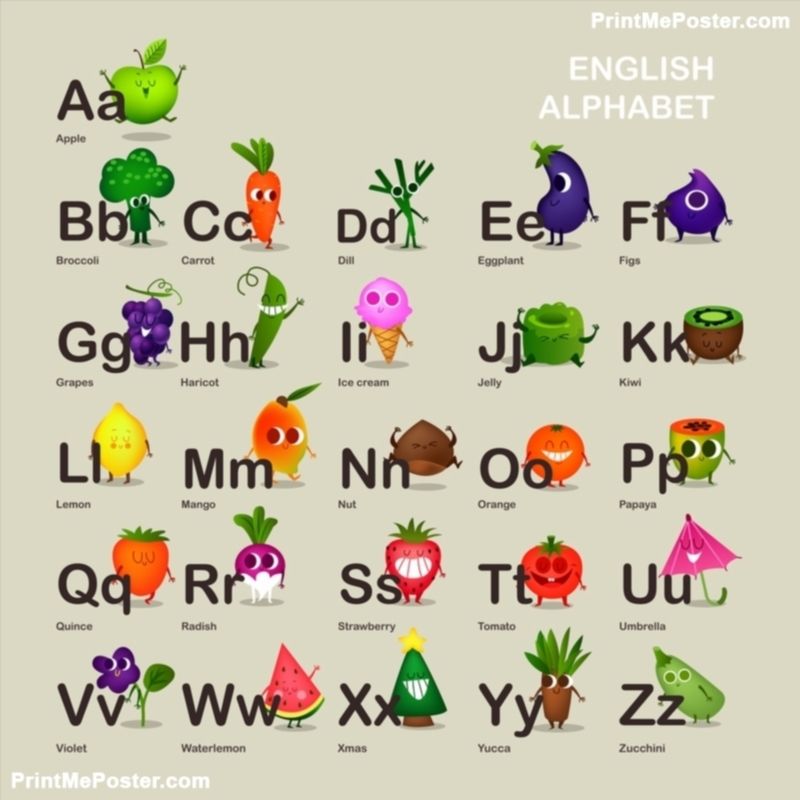 How to learn it with flashcards? Such cards can be bought at any bookstore or children's store, or you can make it yourself with your child, which will be quite long, but very effective. If you bought cards, then the instructions necessarily say what to do and how. Learning the English alphabet with a child is quite troublesome in this way, but words and letters will be remembered for a long time.
How to learn it with flashcards? Such cards can be bought at any bookstore or children's store, or you can make it yourself with your child, which will be quite long, but very effective. If you bought cards, then the instructions necessarily say what to do and how. Learning the English alphabet with a child is quite troublesome in this way, but words and letters will be remembered for a long time.
Cards are usually divided into letters of the alphabet. Each card has one word written and a picture is drawn that is interconnected with this word. The child can learn these words that begin with one letter, orally or in writing.
Various games for memorizing the alphabet
In fact, the child must perceive everything as a game in order to memorize the English alphabet. How to learn the letters of a foreign language if you constantly sit and cram? It will be quite difficult for a small child who still has to play and play. How to quickly learn the English alphabet - we learned earlier, but how to consolidate knowledge?
First game. Write the English alphabet on paper in large letters, cut into squares. Distribute the cards randomly. The child must collect a complete alphabet from these cards.
Write the English alphabet on paper in large letters, cut into squares. Distribute the cards randomly. The child must collect a complete alphabet from these cards.
Second game. This is a team game, for it you need at least two or three children. You pronounce the letter, and the children must add the corresponding letter for themselves. This game is very fun and exciting.
The third game. Take two sheets of paper, lay one sheet on top of the other in the middle. Write the letter so that its top is written on one sheet and the bottom is written on another. Remove the second sheet, leaving only the top of the letter. Ask the child to complete the missing part.
How to learn the English alphabet with a child? You just need to show a little imagination!
Let's get acquainted with the English alphabet - easy and interesting!
Hello, my dear readers.
The English alphabet for children and even for adults who are just starting to learn a language is quite a difficult thing, because they still know absolutely nothing, and pronunciation for a beginner is such a difficult thing. But she will have to deal with it.
But she will have to deal with it.
Therefore, today we are waiting for a lesson on how to remember it faster and more efficiently. I will have 9 for you0009 an exhaustive number of materials for visual acquaintance ( pictures, cards, letters with transcription and pronunciation ), listening ( songs, audio ), viewing ( video ), downloading and printing ( cards, poster (word, pdf) ) ), as well as to consolidate the new with the help of interesting games and tasks .
Contents:
Let's study
Today I have prepared for you pictures that you can not only read and listen to online on my website, but also print out and study in any free minute. And first, let's look at the entire alphabet (click on the picture to enlarge), listen to all its letters, and then listen to its classic and long-loved song:
If you listen to these 2 songs too, you will understand that there is an American version of the pronunciation of the alphabet, the difference of which is only in the pronunciation of the last letter.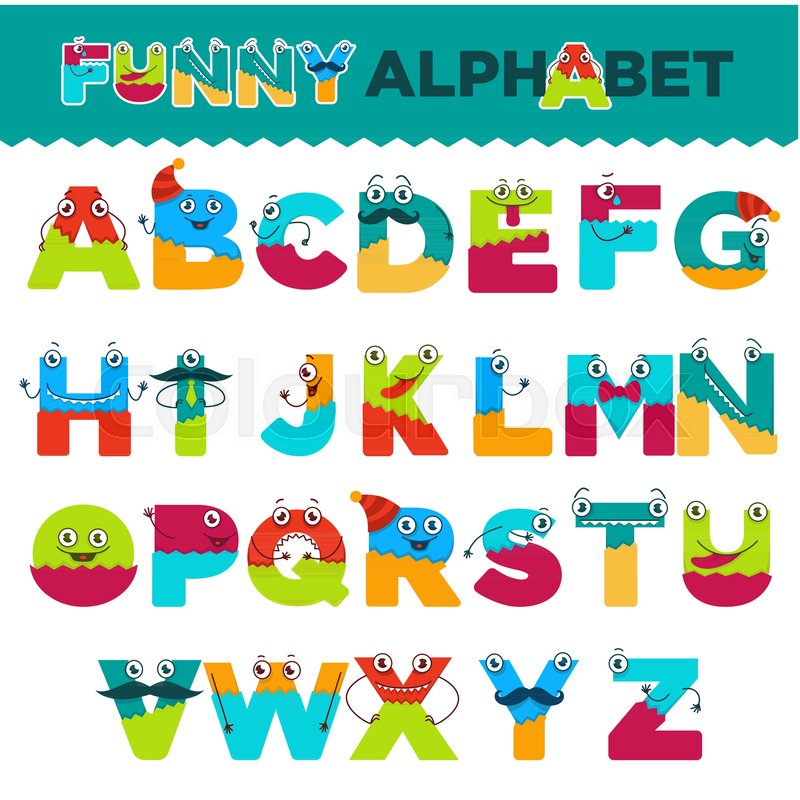 Let it be a trifle, but you need to know about it!
Let it be a trifle, but you need to know about it!
To help many, there is a special audiobook for the little ones - "Alphabet for Children" from the Litres publishing house.
And here is the alphabet with uppercase and lowercase letters. Try the following task with your child:
- look at the picture next to the letter and say the word in Russian,
- find the corresponding English word in the Russian-English dictionary,
- check if it starts with a letter specified in the alphabet,
- write down the English letter and word in a notebook or notepad and draw a picture next to it.
Alphabet with English and Russian transcription of letters will help you pronounce them correctly.
And you can learn these letters with words online by watching and listening to their pronunciation.
And here is the promised word file for downloading and printing.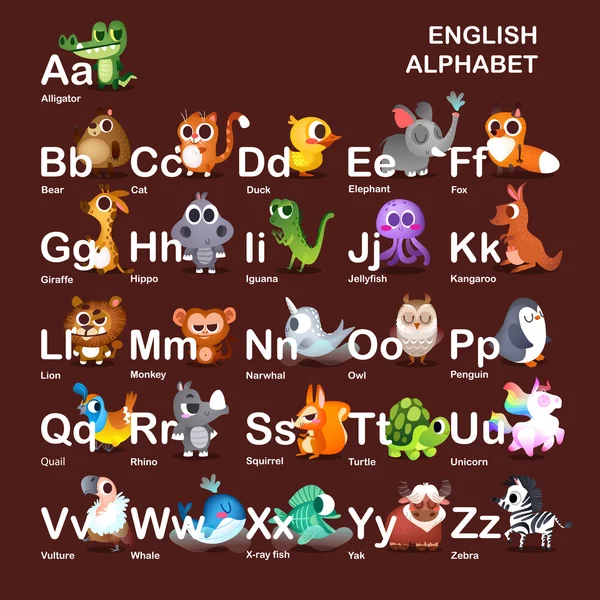 For each letter there is a English word . On page A4 - 2 letters.
For each letter there is a English word . On page A4 - 2 letters.
How to use it:
- Print.
- Take colored pencils or felt-tip pens and color the letters with your child (you can do this in the same way as in the picture - add eyes or a mouth).
- Try to draw what is written next to each letter.
- In the process, be sure to tell the child about the drawn objects or animals or ask him questions about them.
- Slowly work with each letter : first say it several times with different intonations, voice pitch, etc., then say the word written next to it. Then you can take 2 letters (previously cut into separate cards) and show them to your child - try to give him the opportunity to show the correct letter from the 2 you named.
- If your child is already 5 years old, you can learn not only capital letters, but also capital letters.
 It is necessary to explain to the baby that each letter has its own younger brother, who is smaller in stature and sometimes differs from the older one (you can see them in the picture below). On the printed cards, you can draw the younger brothers next to the older brothers - all the guys should like it!
It is necessary to explain to the baby that each letter has its own younger brother, who is smaller in stature and sometimes differs from the older one (you can see them in the picture below). On the printed cards, you can draw the younger brothers next to the older brothers - all the guys should like it!
I have another word file for you, where, unlike the previous one, colorful uppercase and lowercase letters are printed, as well as English and Russian transcriptions for correct pronunciation. On sheet A4 - 2 letters. Download and enjoy health with your child:
And this is a pdf poster with the English alphabet - for printing. It can be printed on A4 or A3 sizes. Colorful English letters are supplemented with transcription (Russian and English), which will help any child and adult quickly memorize English letters and their correct sound.
Alphabet in colorful videos
Yes, the most effective and fastest way for a child to learn new English letters is to watch videos as well.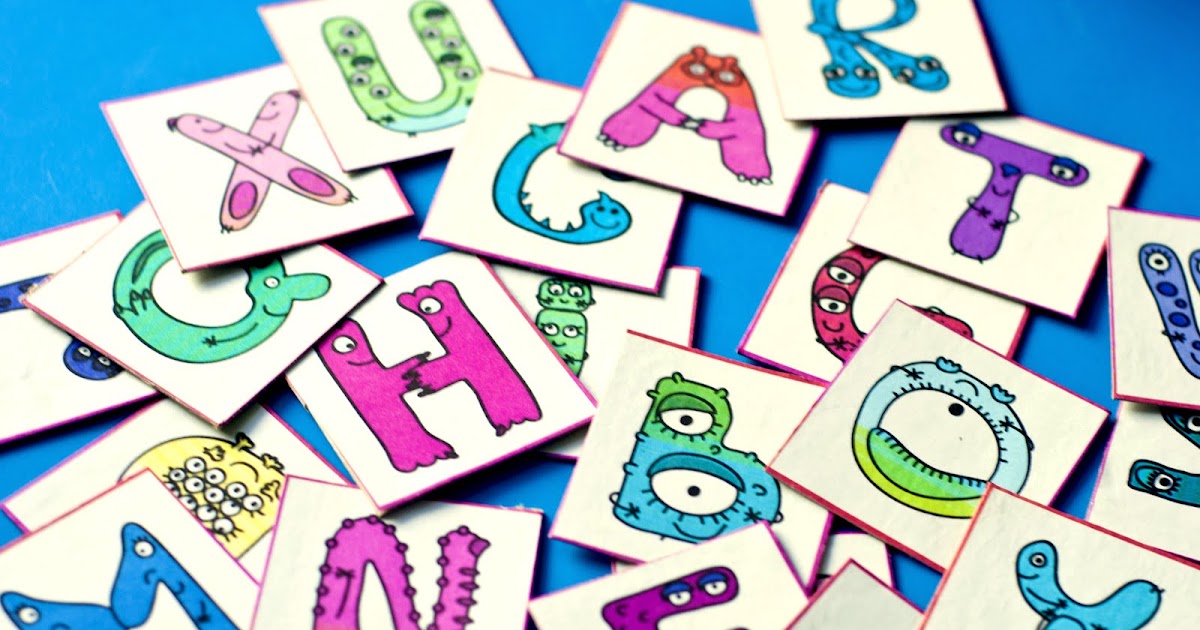 Now it's not hard to find them. Here are some funny ones:
Now it's not hard to find them. Here are some funny ones:
The last two videos are very good material for learning not only English letters, but also the sounds they make in some words.
Videos are always fun, but what about rhymes to quickly memorize English letters? Haven't tried? Then go ahead! Children like them very much. Click on the icon in the upper right corner of to enlarge .
Games and tasks
I can offer you at least 10 more entertaining games and tasks to memorize new letters of the English alphabet for a child and their sequence ( about learning in games for children also read here and here ).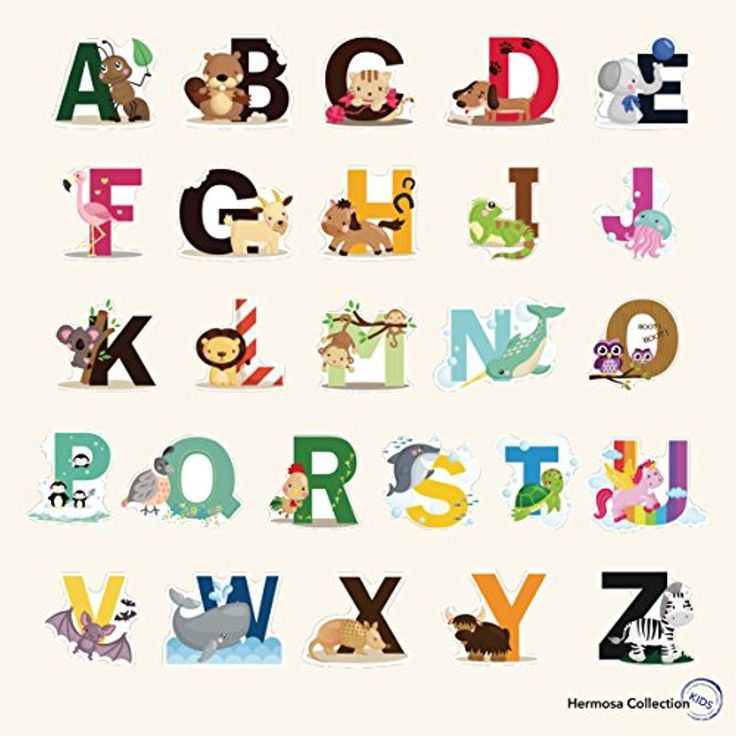 These games can be played one-on-one with a child or organized for a group of children .
These games can be played one-on-one with a child or organized for a group of children .
- Learning with the ball
There are many variations of ball fun for children. For example, you can throw a ball to each other and take turns saying the next letter. Or, for example, throw the ball against the wall and call it with each blow.
- Draw the letter
This game can be used at the initial stage of a young student's acquaintance with the English alphabet. As the name implies, the goal of the game is to depict a letter (which an adult will show) with your body (fingers, hands, feet, face). And pronounce it at the same time. In the case of a group of kids, you can even divide into teams - it will be even more interesting!
- Guessing cards
Try this: you show your baby a picture of an apple and he calls you "a" - apple. Or you show a kitten, and he calls you "c" - cat. Of course, this game is more of a memory game and is suitable for more conscious children. But for repeating what has been learned, it fits perfectly like no other.
Or you show a kitten, and he calls you "c" - cat. Of course, this game is more of a memory game and is suitable for more conscious children. But for repeating what has been learned, it fits perfectly like no other.
- Alphabet engine
The goal of this easy task game is to make a small train from a pile of cards with English letters, each trailer of which must stand in its place. Only then will he go!
The task here is to carefully listen to the alphabet song, and when the recording stops (the adult pauses at any place in the song), the children must repeat the last letter they heard and show the card with it.
From a pile of cards with letters turned upside down, the child chooses any one. The task is to remember the letter-neighbor of the one that is in the child's hands. In this case, you can call the previous letter or the next one. Any answer will be correct.
- guess faster
The goal of the game is to guess as quickly as possible what letter an adult is writing (who slowly and unhurriedly draws a large English letter on a board or piece of paper).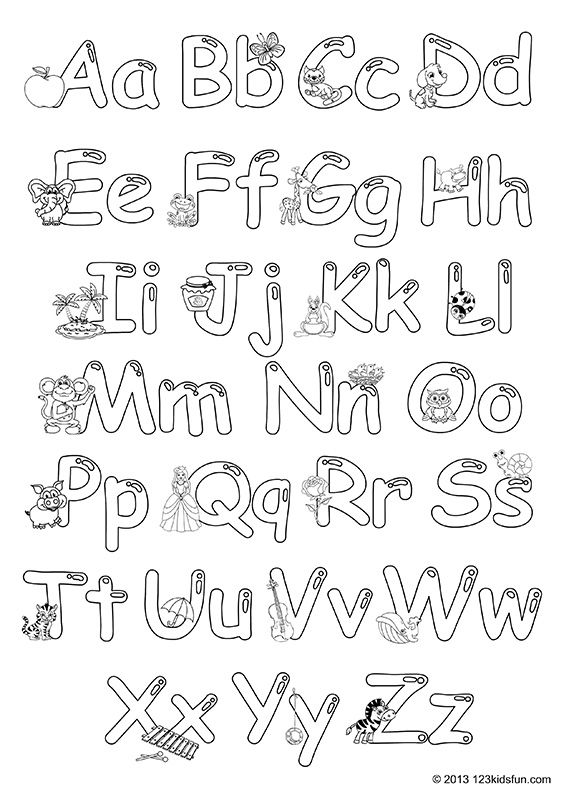
- Add dance to the song
One of my students was wildly restless. And in order to learn everything, we had to come up with a real dance with her, where for each letter we made a new movement that resembled it in shape. Surprisingly and incredibly strange, I tell you, but we managed to master it.
- Point connectors
This interesting and favorite activity for all children will help them remember not only the letters of the English alphabet, but also their sequence. Here are 4 such pictures that you can download, print and use.
- Letter - picture
Another exciting activity that will require children to know words (rather, it will be the association of a letter with a picture) that begin with certain letters of the alphabet. Here you need preliminary preparation and work with pictures-words. Here are 6 pictures for printing I found on the site "Preschooler" (kindereducation.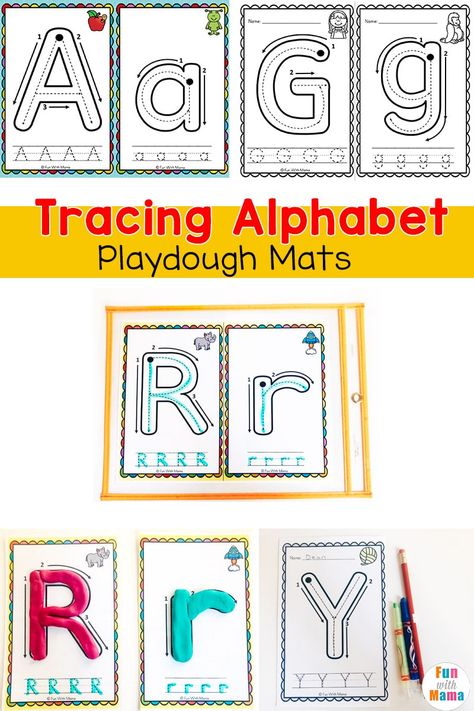 com). We connect letters with the necessary pictures, and then decorate for fun.
com). We connect letters with the necessary pictures, and then decorate for fun.
A couple of tips
Don't try to do everything by force. From my own experience of working with children, I know that if they are not interested, but forced to remember something, there will be absolutely no effect. The kid will only hate the language, and then it will be even more difficult for you and him ( How to start teaching a child English, read in my article ).
Also, don't try to memorize without the help of a song, video, or photo. The child will not even begin to turn on his "memory" processes. These words should burn red in your mind when it comes to learning: HE SHOULD BE INTERESTING!
And finally, he must somehow understand why this is necessary. Yes, it is difficult to explain to a little man of 3-5 years old why he should learn any other sounds at all, if everyone speaks those that he already knows. Therefore, come up with some kind of fairy tale, or watch a cartoon with it, where individual words speak a foreign language.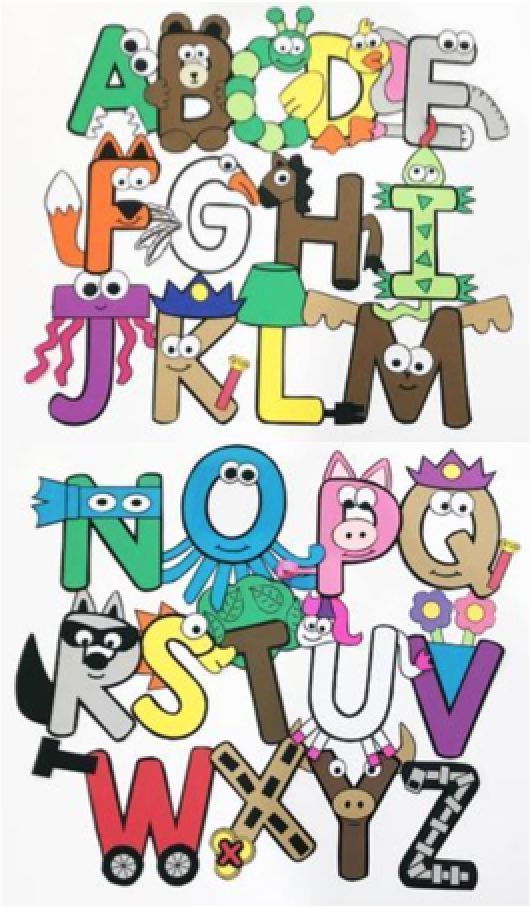 This, perhaps, will awaken in him the desire to learn them himself.
This, perhaps, will awaken in him the desire to learn them himself.
- You can purchase a wonderful sound alphabet with your favorite characters, for example, the book-toy with the English alphabet "Dasha the Traveler"
- If your child is under 5 years old, you can try Fun puzzles with English letters
- And everyone's favorite service for online learning English in a playful way LinguaLeo has released a new course "English for the little ones". Learning in this course begins with the basics - the alphabet. I recommend this service and all its products, as it has already won my trust with the quality of its approach to teaching children and adults. You can watch my short review of the course in the video below.
And finally.
Of course, all children are different, and not everyone is suitable for certain methods of work. Therefore, I can immediately advise you to look for the right path to your baby.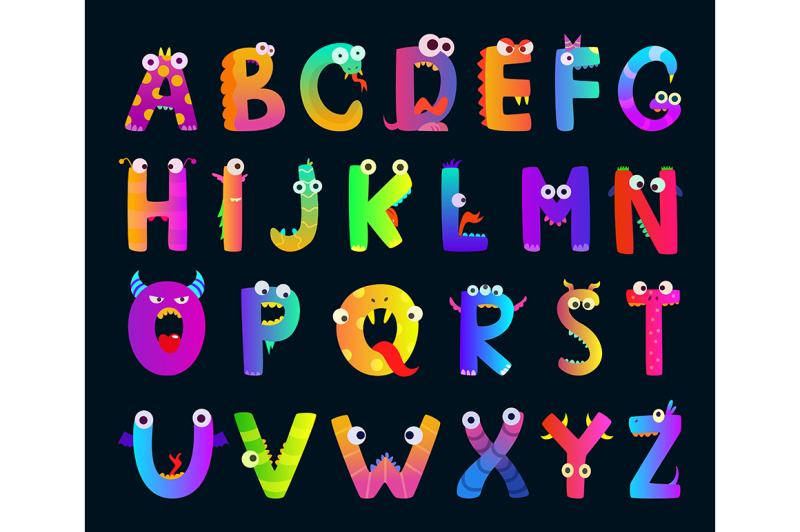 He will love English if you show it to him in the right light.
He will love English if you show it to him in the right light.
And remember, dear ones, that I regularly share tips on how to help you and your children learn the language effectively. Subscribe to my blog newsletter and follow the news. It will be even more interesting soon.
Sources: http://ok-english.ru/kak-veselo-uchit-angliyskiy-alfavit-s-detmi/, http://fb.ru/article/223618/angliyskiy-alfavit-kak-vyiuchit-alfavit- byistro-i-uvlekatelno, http://lizasenglish.ru/anglijskij-dlya-detej/znakomstvo-s-alfavitom.html
Cheerful alphabet - Teacher's newspaper
Amendments to Federal Law No. 273-FZ of December 29, 2012 "On Education in the Russian Federation" tells us that the working program of education is an obligatory component of the main educational program of preschool education.
Modern requirements for the level of preschool education are inextricably linked with upbringing. By spending time in groups, children do not just gain knowledge, they develop their personal potential through the achievement of educational goals. The formation of a holistic picture of the knowledge of the world occurs in conjunction with the built up strategy of education. The emotional component of the working program of education receives a response from children, which contributes to the most effective cognitive development.
The formation of a holistic picture of the knowledge of the world occurs in conjunction with the built up strategy of education. The emotional component of the working program of education receives a response from children, which contributes to the most effective cognitive development.
Child development involves learning from a very young age. Many parents are interested in starting to immerse their kids in the world of letters and fluent reading as early as possible. The question arises: how to organize the educational process in such a way that, first of all, it was an educational game? A fun, addictive game with a good base knowledge of the letters of the alphabet. This requires a methodology that allows you to include as many possibilities of perception of a preschooler as possible, such as tactile-sensory perception, fine art, thinking, as well as an educational methodology that links educational areas into a single canvas.
In autumn, the pre-school department "Goldfish" launched a program of additional education "Mental ABC" called "Cheerful Alphabet".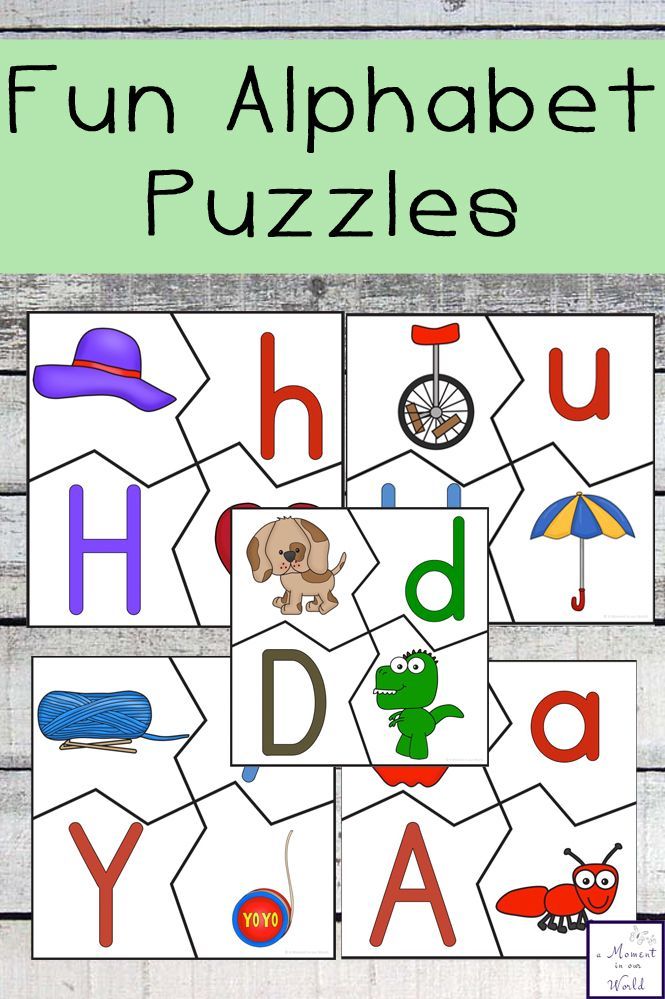 The technique is designed for children of primary preschool age. She very effectively showed that children with disabilities cope well with the pace and amount of knowledge. A group of 15 children is attended by 20% of children with disabilities and one disabled child diagnosed with grade 4 hearing loss, borderline with deafness, with a cochlear implant. The game lesson, due to the dynamics and fascination of tasks, allows children of different levels of development to actively acquire knowledge, treat the letters of the Russian alphabet with great love.
The technique is designed for children of primary preschool age. She very effectively showed that children with disabilities cope well with the pace and amount of knowledge. A group of 15 children is attended by 20% of children with disabilities and one disabled child diagnosed with grade 4 hearing loss, borderline with deafness, with a cochlear implant. The game lesson, due to the dynamics and fascination of tasks, allows children of different levels of development to actively acquire knowledge, treat the letters of the Russian alphabet with great love.
During classes, you can notice the formation of motivation in children to acquire knowledge. Preschool time is the start of our children's education, and it is very important to cultivate a craving for knowledge. With each lesson, children begin to behave more and more responsibly and with interest. The qualities and skills brought up at a very early age - to work in a team, treat each other with respect and attention - are supported and developed by the "Mental ABC" methodology. One of the main tasks in educating a preschooler is to develop the ability to help a friend, during the “Cheerful Alphabet” classes everyone works together, although each has their own result, but there is no competition, because the main message is to help each other.
One of the main tasks in educating a preschooler is to develop the ability to help a friend, during the “Cheerful Alphabet” classes everyone works together, although each has their own result, but there is no competition, because the main message is to help each other.
Mental alphabet - what is it?
“The mental alphabet “Merry Alphabet” is an educational method consisting of several convergent blocks. Classes are organized in the form of a game with the active inclusion of sensory perception, the development of speech and fine motor skills, as well as the education of the ability to creatively rethink information. By the end of the school year, children will gain knowledge about the letters of the Russian alphabet, learn to distinguish between vowels and consonants.
“Mental ABC “Merry Alphabet” is the first part of the methodology that teaches reading.
The next level (or the next academic year) is devoted to folding letters into syllables (“Funny syllables”) and further development of fluent reading (“Funny Books”).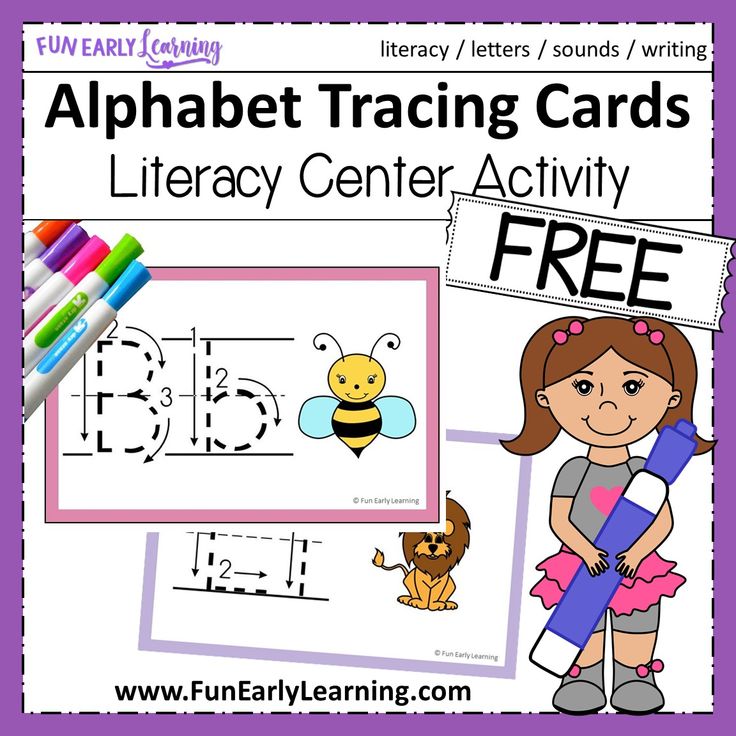
The main difference between modern methods and traditional ones is that the "Merry Alphabet" provides a primary introduction to the letter. For example, when studying the letter "b", children remember the sound and appearance, they are given the idea that it is a consonant. The concepts of hard and soft sounds await children at the second level (“Funny syllables”). The method "Merry Alphabet" is designed for children of three or four years old and children with a special perception of educational processes.
How the game session goes
The mental ABC “Merry Alphabet” consists of several convergent blocks. The technique is designed to activate thinking, remembering the appearance of the letter and trying to reproduce the spelling. Next come the consolidation of writing, switching perception to creativity and a mobile didactic game-repetition.
The culmination of the lesson, the most active convergent block for brain activity, is writing a letter with repetition in size change on special erasable cards.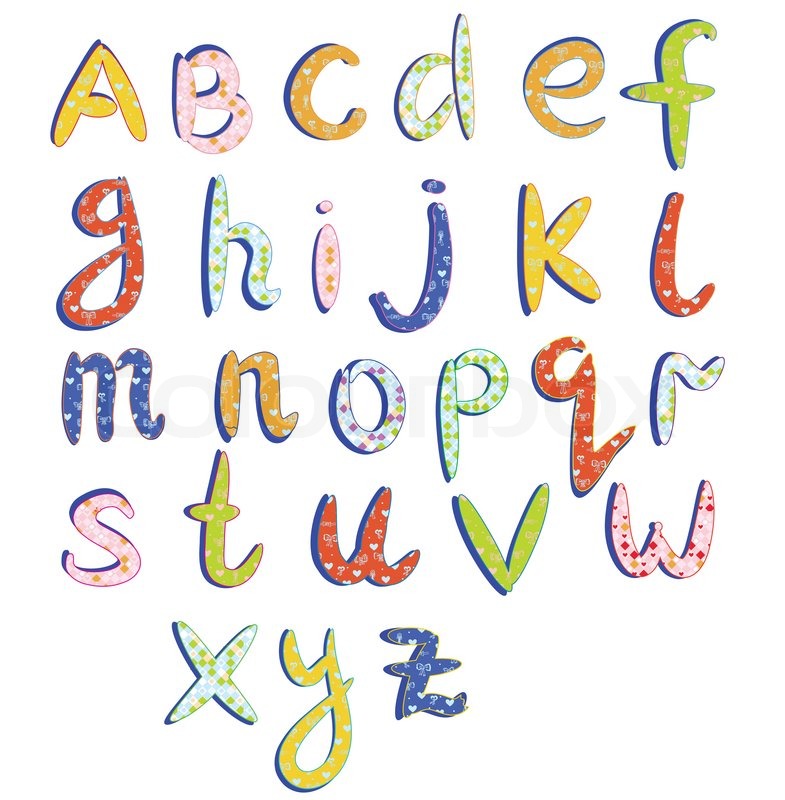 The group makes maximum efforts and motivatedly achieves the result.
The group makes maximum efforts and motivatedly achieves the result.
There are seven convergent blocks in total, lasting from 5 to 10 minutes. In order for there to be a dynamic transition from block to block, it is necessary to prepare each child's workplace. Before the start of the lesson, there is a complete set.
Carrier pigeon and more
Pupils enter the auditorium and take their places at the table. There is no need for a clear allocation of seats. There is a surprise moment - a carrier pigeon brings a letter with a new letter. Children get to know each other, listen to poems and riddles about a new letter. Repeat the sound aloud. This block activates thinking and listening comprehension. The task is to hear the first letter in the word.
The next block activates fine motor skills and visual perception. One of my favorite play blocks is magic sand. Each child is given a tablet with fine sand, on which you can write a new letter with your finger, following the teacher's example.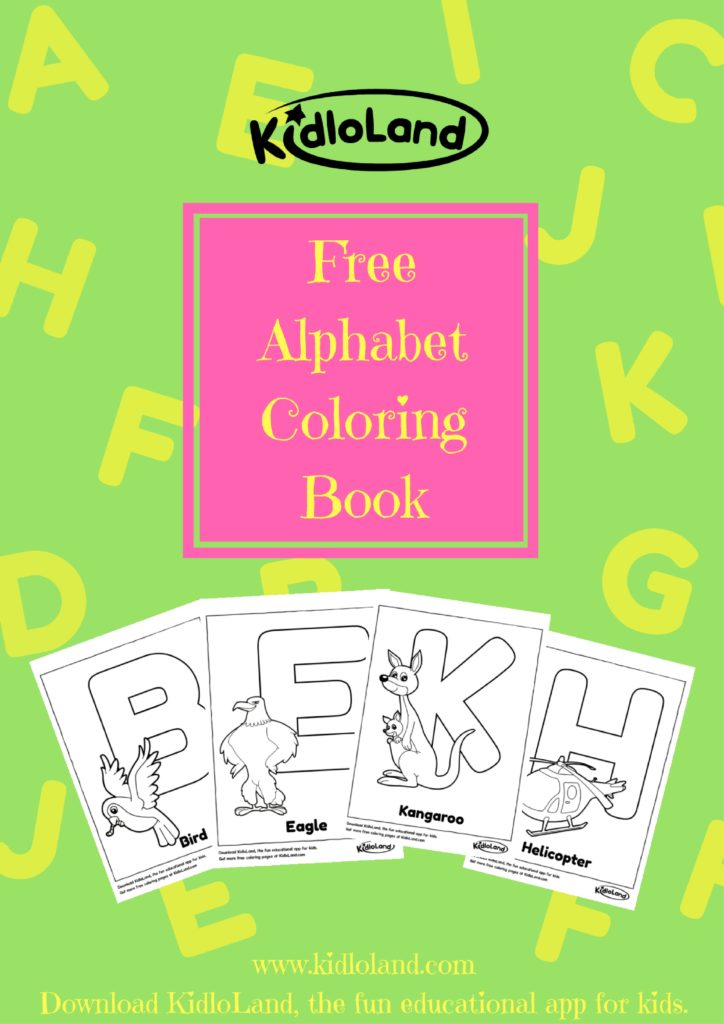 If something does not work out, you can easily shake the sand and try to write again. The “Magic Sand” technique is good because there is an initial acquaintance with the structure of the letter. The child freely learns its structure without the task of fitting it into a cage or keeping an even line. This writing system is very well suited for children with disabilities, because it allows you to intuitively choose the size of the letter and thereby gently enter the consciousness and be remembered.
If something does not work out, you can easily shake the sand and try to write again. The “Magic Sand” technique is good because there is an initial acquaintance with the structure of the letter. The child freely learns its structure without the task of fitting it into a cage or keeping an even line. This writing system is very well suited for children with disabilities, because it allows you to intuitively choose the size of the letter and thereby gently enter the consciousness and be remembered.
After getting acquainted with the letter on the magic sand, the task becomes more difficult. Children are offered reusable prescription cards and an erasable felt-tip pen. In the task, you first need to circle the letter along the dotted line, and then enter the letter in a box two centimeters in size. The felt-tip pen has a special pad that allows you to erase inaccuracies and rewrite correctly. Under the cells on the card, a game is offered using the letter that is being passed. For children of three or four years old, writing something in the cells is a very difficult task.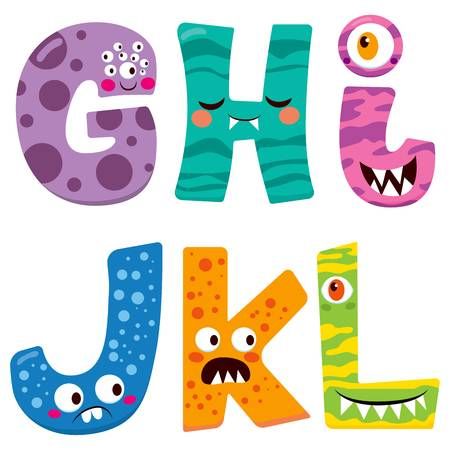 Spatially, a two-by-two centimeter cage is a small shape and requires a lot of concentration, but thanks to the playful sensory-tactile perception in the previous stage, it is easy for children to concentrate, collect attention and force their pen to respect the boundaries of the cage.
Spatially, a two-by-two centimeter cage is a small shape and requires a lot of concentration, but thanks to the playful sensory-tactile perception in the previous stage, it is easy for children to concentrate, collect attention and force their pen to respect the boundaries of the cage.
When the hardest part is over and brain activity needs rest, the lesson turns into a creative workshop. Tablets, cards, children move to the middle of the table and begin to artistically rethink the letter. Ideas about the appearance of a new letter are fixed through its modeling. According to the assignment, children sculpt the base, rolling out and assembling the shape of the letter, and then, in an arbitrary form, including fantasy, decorate the letter on their own with a mass for sculpting in a contrasting color. Drying, this mass hardens and allows you to collect your personal collection, your alphabet of extraordinary beauty.
The mental alphabet "Merry Alphabet" makes it possible to introduce not only the Russian alphabet. All European alphabets will perfectly fit into the system of familiarization and memorization of letters, even if the teacher does not speak a particular language at a good level. Thus, it is easy and fun to learn with children of three or four years, for example, the Italian alphabet.
All European alphabets will perfectly fit into the system of familiarization and memorization of letters, even if the teacher does not speak a particular language at a good level. Thus, it is easy and fun to learn with children of three or four years, for example, the Italian alphabet.
The lesson ends with a fun didactic game "Magic bag", in the bag are collected all the passed letters. They are an alphabet of different textures, made of different materials, different sizes. The child takes a letter out of the bag by touch, names it and puts the letters into the house, for example, he puts the letter “a” already to the previously pulled out letter “a”. Children have the opportunity to repeat the letters passed earlier, name them and place them correctly in the house.
Peculiarities of perception
Mental ABC "Cheerful Alphabet" is a technique that allows you to work with children of different levels of training and perception. Often, children with disabilities feel lagging behind the main group and lose interest.

